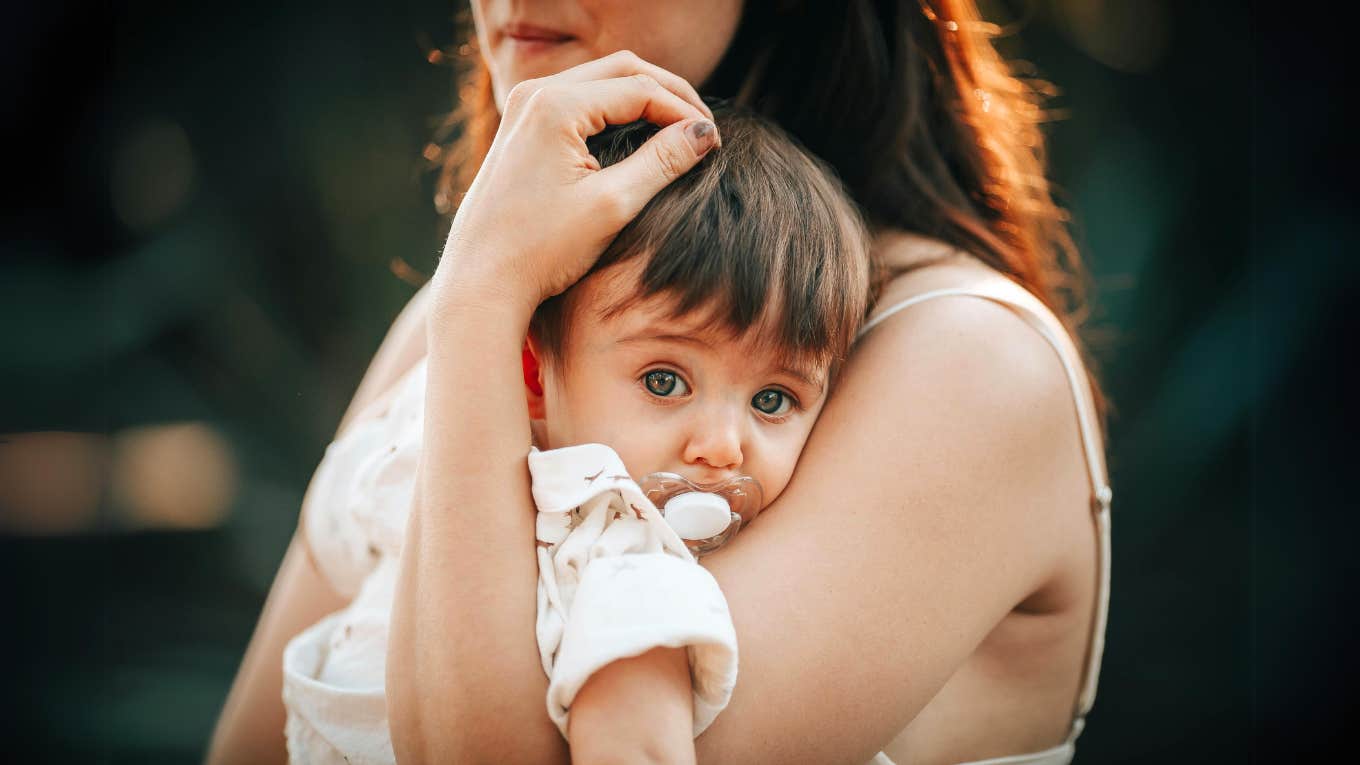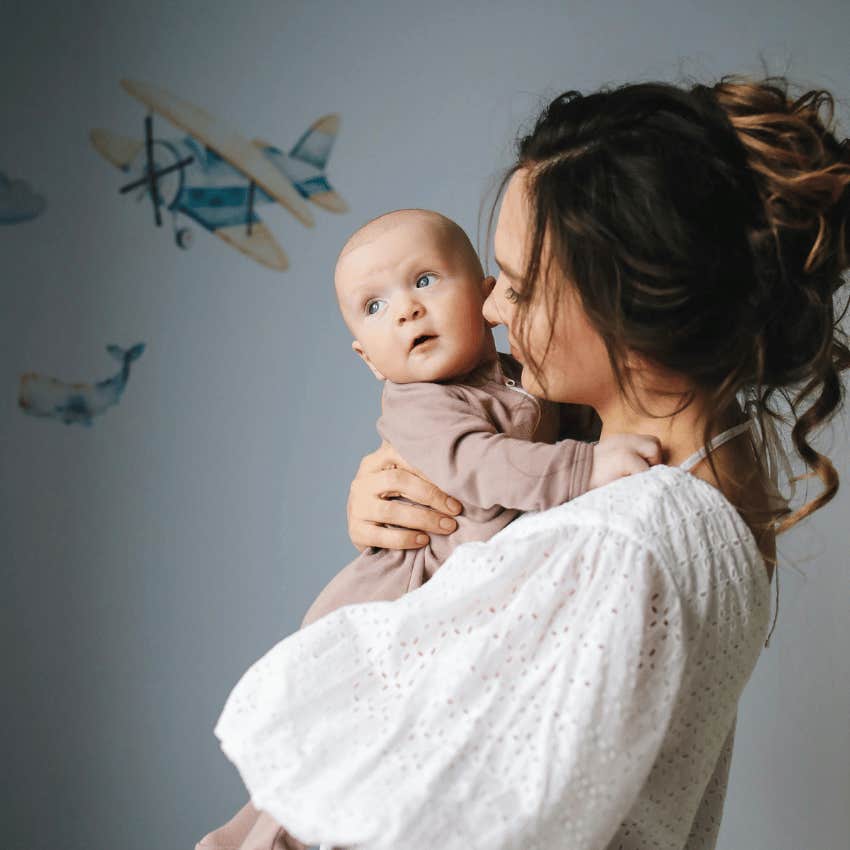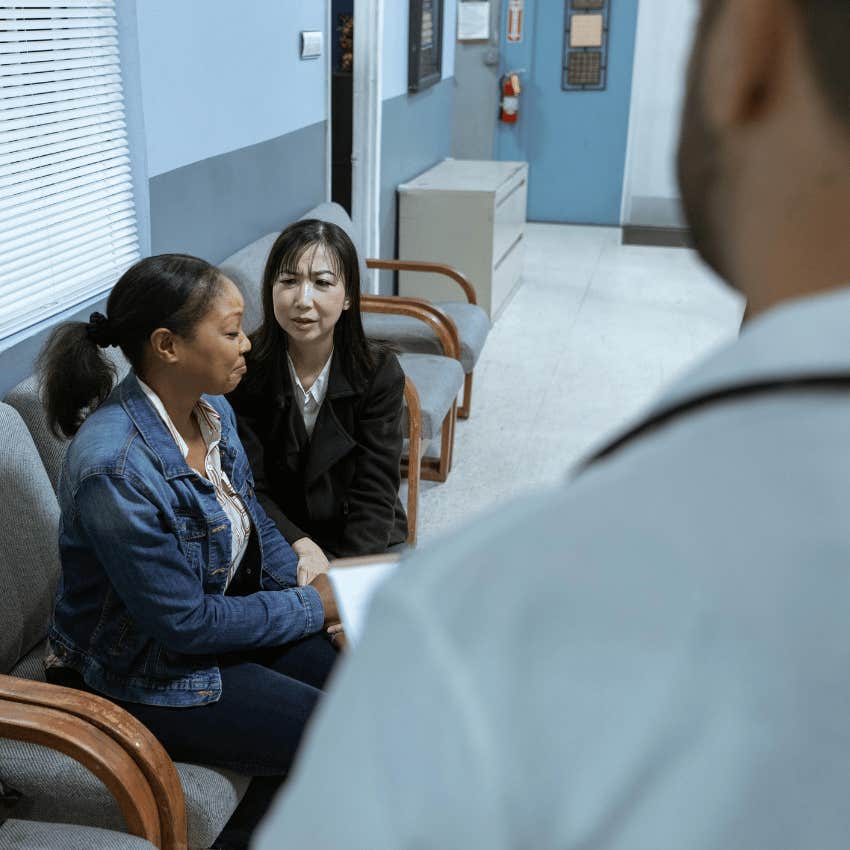I Knowingly Gave My Child An Inherited Cancer Syndrome, But I Don’t Regret It
If we are not surgically treated, about half of us who have MEN1 die before age 50.
 Helena Lopes | Pexels
Helena Lopes | Pexels In 2010, I found out I have a weird, unrelatable thing: a type of “cancer”(ish) disease that runs in families. Most people have never heard of it. 1 in 30,000 people have it. It is called MEN-1.
Things could easily be worse. Most of my tumors are benign, and — despite the drives to UCLA and Stanford ad nauseam to get CTs, MRIs, bloodwork, and appointments sans answers — my body cooperates with a mostly normal life. An exhausted and surgery-filled one, but a blessed one, nonetheless.
Research says MEN-1 is not a death sentence. But it can significantly shorten the life. And that’s exactly what it does, in certain folks, about half of the time.
I don’t care that much about myself or what lifespan anyone thinks I’m entitled to.
The big tragedy is that my son has the disease too, and he's had the gene since he was conceived.
 Polina Tankilevitch | Pexels
Polina Tankilevitch | Pexels
How might he, our son, feel about this? For whatever it’s worth, he’s probably not alone among his siblings. Each of my kids had a 50/50 shot at getting the disease. It’s an autosomal dominant — i.e., if you inherit one faulty copy of the gene, you have the disorder. (Contrast that to a recessive gene, of which you’d have to have two bad copies to get the disorder.)
Two of our kids did not inherit MEN1, testing negative for the gene shortly after my diagnosis. Three of our kids have not, as of yet, been tested. But for Joe and me, the ambiguities and the answers both lead to sad suspense.
It’s a mom’s job to find out what her kid is feeling — and, if possible, how she might help. But as our kids exit babyhood, their inner lives crawl away from us. In the absence of raw data, I can only project my own experience onto our son.
The day I got my diagnosis, I left Joe and the kids at home and hiked the suburban hills nearby — as if I could outwalk the uncertainty. Was I going to die soon?
Like, right then, in my mid-twenties? I’d vowed never to leave my kids. Ten miles and two hours of walking later, I looped back home in the dark, determined to get the doctors to commit to a story. Tell me what will happen, I silently screamed at imaginary doctors.
It’s hard to guess at our child’s thoughts as of this writing. He was young when we got his genetic testing. He’s healthy. And, thankfully, our time with him these days is filled with lighter things. He does not seem to worry about what none of us can know for sure.
But my husband and I do know this, and hate it: at least one of our six children has neuroendocrine cancer, a Fault-in-Our-Stars, pathogenic mutation that makes even non-dying people light up in imaging studies like Gus Waters’ last scan.
John Green’s male protagonist may have had sporadic cancer — not the kind that gets passed down from parent to child. But no matter how things came about, there’s no arguing with distal metastases. Our innocent child got the fatal fault from me.
At the time of my diagnosis, Joe and I had already had three children. Despite things I’ve said in jest, I have never once regretted the decision to birth six kids — not even on the most feral, 20-hour days with three littles under two and a half. This is partly why Joe and I went ahead and brought three more humans into the world once I knew I had “cancer in slow motion.”
But not before some doctors at UCLA chimed in:
“MEN1 is…significant,” hedged an endocrinology resident, at one of my regular visits.
“I wasn’t asking you whether I should have more children,” I protested, having just decided I wanted more babies — badly.
Who’d asked that doctor for his opinion, anyway? My kids were my “why.” And all I’d wanted to inquire about was whether banking cord blood might be wise.
That resident at UCLA wasn’t wrong to broach the quality-of-life issue with my disease. People with MEN1 are often depressed, ill, and prone to unemployment.
That’s to say nothing of the more visible symptoms that occur — extreme pain and bloating when you eat, bone aches, dramatic weight loss that inspires your loved ones to plan psych interventions. There Joe and I were, financially solvent with three awesome kids, and — despite my messed-up hormones — no pregnancy losses. How wise would it be to roll those dice again?
And at the risk of getting into eugenics, reasonable questions leaned there with us against the craps table. If MEN1 is sometimes fatal, should people who have it — or other neuroendocrine (“carcinoid”) tumors — reproduce? Should they use assisted reproduction techniques to pick and choose a “good” embryo? Or maybe PGD their potential child into oblivion?
Is MEN1 as crucial to avoid as sickle cell anemia or cystic fibrosis, diagnoses of which earn would-be parents the advice to do IVF?
These aren’t multiple-choice questions on a biology quiz. Websites like the New York Department of Health’s “Cancer Facts” are of no help either:
“Most…rarely spread to other parts of the body; these tumors are said to be of low malignant potential, midway between benign and malignant. Other carcinoids are malignant and can spread to other parts of the body.”
Two contradictory things are true at once. As with Schrödinger’s cat, MEN1 tiptoes back and forth between two states. It is both “cancer” and “not cancer.” And your next scan’s results may be terrible or fine.
 RDNE Stock project | Pexels
RDNE Stock project | Pexels
It’s a cancer-ish thing you can give to your kids, but you can’t call it “cancer.” And no one can cure it.
One of the first deep conversations I ever had with my father was about parenthood in its imperfect state. Back in the 1970's, people felt particularly afraid of overpopulation. And as Dad said, many young and healthy people declared, “I’m having a vasectomy. I don’t want to pass down my crappy genes!” Dad always rolled his eyes at the latter.
A Catholic upbringing drove Dad’s pronatalism. Catholics feel that every “body” deserves to see the light of day — even fetal tissues, and, apparently, gametes or hopes thereof. Come heck or high water, babies are what God wants.
I’m not convinced of these things. But in our talk, Dad also appealed to a pragmatic place in my heart, a space between knowing and not knowing. He pointed out that even experts don’t know what all lurks in the genes.
That conversation with Dad took place in the early 90s, seven-odd years before the protein of interest was cloned by Chandrasekharappa et al. and before science decided what menin is. It’s a tumor suppressor. It’s simple, right? High school biology says a mutated tumor suppressor gene was really bad.
Remember TP-53 — a gene that we elder millennials read about in AP Bio? As teenagers, we learned we’re screwed if we have a bad copy of that. Cancer everywhere. Body so tumorlicious, baby.
Of course, that’s not the whole story. We now know that mutations to genes like TP-53 and MEN-1 mean the proteins they encode can’t do their respective jobs as well. That is, pathogenic-variant menin isn’t as good at preventing the formation of tumors, which arise partly from mutations we pick up in everyday life. Mutations, those mistakes in our genes, are part and parcel of every living critter on earth— good, bad, vasectomized, or lobotomized.
MEN-1’s course is predictable — to some extent. It grows in the parathyroid, pancreas, pituitary, and elsewhere. Then, the nervous system and hormones make each other go a little bit haywire. I’m making that last part up, but that’s certainly how it feels sometimes.
If we are not surgically treated, about half of us who have MEN1 die before age 50. Sporadic pancreatic NETs that are similar to those found in this disease killed Steve Jobs and Aretha Franklin.
 yx b | Pexels
yx b | Pexels
If we are not surgically treated, about half of us who have MEN1 die before age 50.
Sporadic pancreatic NETs that are similar to those found in this disease killed Steve Jobs and Aretha Franklin. It’s enough to make me say, cut me open, doctor. I’ve consented to that a handful of times.
But in post-Covid 2024, with an evolving understanding of epigenetics — and with constant revisions in molecular medicine — nothing seems clear cut. Nor do anecdotes, held closely to the paper-gowned chest, predict much.
Still, narratives are important. The stories we tell our children are as powerful and necessary as shoes. Here are mine: I probably couldn’t have children, according to medical professionals — and yet, here I am with six. And, as I can attest with every last cell, somebody can be dotted with tumors, too, while living well.
Those tumors can be stable — not counter to the prevailing model of the disease, but mysterious in their sameness — in scan after scan, year after year. And their lifeblood can dance, on feet so ordinary you wouldn’t be the wiser.
